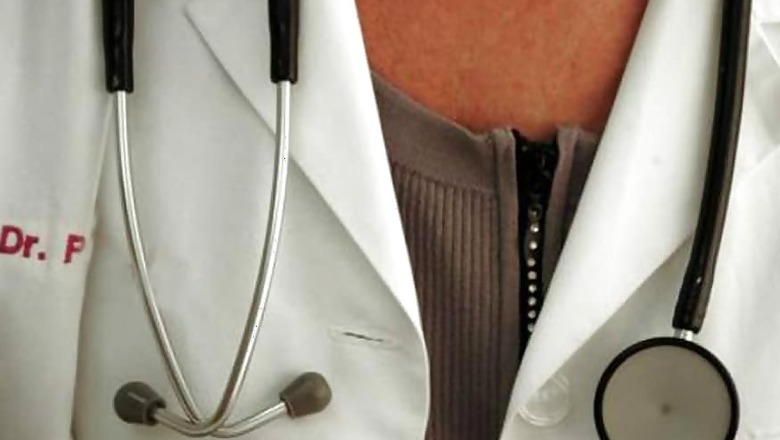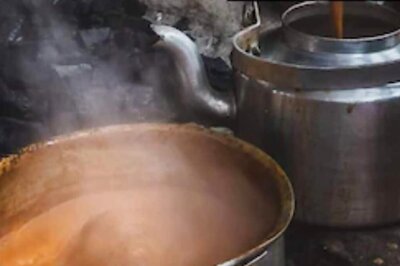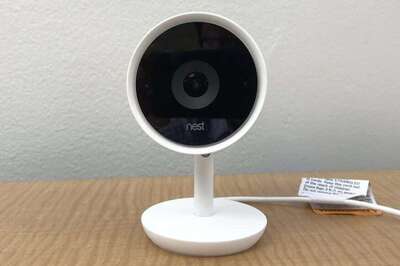
views
Cervical cancer is the fourth most frequent cancer and the fourth leading cause of cancer deaths in women, worldwide. Cervical cancer is a type of cancer caused by human papillomavirus (HPV). HPV is the most common sexually transmitted infection but, in most cases, it resolves on its own. However, some strains of HPV can persist in the body and result in cervical cancer. Early detection and accurate diagnosis of the HPV strain can help in preventing the occurrence of cervical cancer.
Women who test positive for HPV test are likely to undergo Pap cytology tests to assess the need for colposcopy, biopsy, or treatment. Pap cytology is a test which helps in finding the precancerous cells before they progress into cancer. Since Pap cytology is not very sensitive and is prone to give false-positive results, the dilemma is to establish which women are most likely to have precancerous changes in their cervical cells and should have a colposcopy to examine their cervix, who are in need of undergoing a biopsy and who are the ones in need of immediate treatment.
A study published on 25th June 2020 in the Journal of the National Cancer Institute, stated that with the help of artificial intelligence (AI) and dual-stain testing, it would be easy to identify high-risk bearing women efficiently.Screening tests for cervical cancer
Normally, the screening tests for cervical cancer involves:
- Pap test: In Pap test, the doctor scrapes and brushes cells from your cervix which are then examined in the labs for any abnormalities.
- HPV DNA test: In the HPV DNA test, doctors collect cells from the cervix and test them for any type of HPV that could lead to cervical cancer.
According to the latest research by the National Cancer Institute, US, a new testing technique called dual-stain testing (which examines specifically two proteins p16 and Ki-67 in cervical samples) has shown be a more accurate and efficient way to screen for cervical cancer. Proteins p16 and Ki-67 are important biomarkers as their presence in the cervical biopsy samples indicate that the person may have HPV, which can possibly cause abnormal changes (dysplasia) later in life. They further used artificial intelligence to perform this test. So far, this test is the most effective test in finding out the possibility of cervical cancer in a woman with a positive HPV test.Who is at risk of developing cervical cancer?
The following people are at an increased risk of developing cervical cancer:
Can you prevent cervical cancer?
As per the US Centers for Disease Control and Prevention, 93% of cervical cancers are preventable. The risk of cervical cancer can be reduced by following simple preventive measures such as quitting smoking, using protective barriers (condoms) during sex, limiting the number of sexual partners and routine Pap tests.
Apart from this, one can prevent cervical cancer by getting vaccinated for HPV. The HPV vaccine can be given from the age of 9 years until the age of 26 years. After that, doctors do not recommend the vaccine. The HPV vaccine can be given either in two doses (given between the age of 9 to 14 years) or three doses (given between the age of 15 to 26 years).For more information, read our article on Cervical cancer.Health articles on News18 are written by myUpchar.com, India’s first and biggest resource for verified medical information. At myUpchar, researchers and journalists work with doctors to bring you information on all things health.Follow @News18Lifestyle for more

















Comments
0 comment